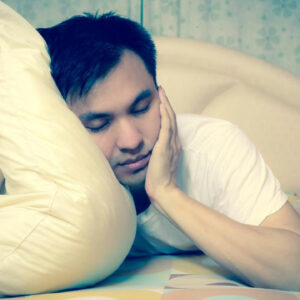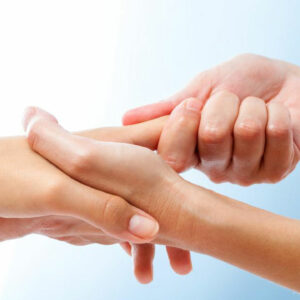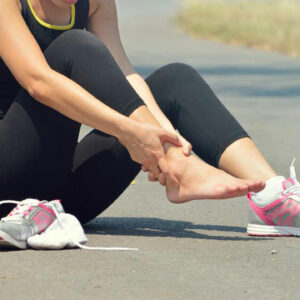
01
Learn How to Effectively Manage a Fever
What is a fever? It is an increase in body temperature. Fever can also be described as a symptom of infection. Health experts say that is usually harmless and even helpful. Common fevers do not need to be treated. The normal body temperature of the human body is 98.6°C (37°C). However, body temperature can vary between 97°F (36.1°C) and 99°F (37.2°C), and based on your activity levels and time, the temperature may vary a bit further. It has been found that the body temperature of older people is low compared to that of younger ones. When can you say that you are having a fever? You can make use of a fever temperature chart to learn about the temperature levels associated with fever. When your temporal artery, ear, or rectal temperature reaches 100.4°F or 38°C or above, then you are affected with fever. If your oral temperature reaches 100°F or 37.8°C or your armpit temperature reaches 99°F or 37.2°C, you are having a fever. Is there any need for treating a fever? When you are taking treatment for a fever, the primary purpose is to eliminate fatigue and other discomforts. Treatment also promotes rest. Treating a fever does not reduce or extend the course of the illness. How to treat fever in children? Most children with comparatively high fevers do not often feel sick. You have to decide the treatment according to the amount of discomfort. When your child becomes uncomfortable or restless, you can motivate the child is uncomfortable or restless, you can encourage him/her to take a lot of fluids. Lightweight clothing must be used, and you can make use of a light blanket in case the child feels chills. Giving ibuprofen or acetaminophen is advisable, but you must follow the guidelines provided on the label. If you have a baby that is under six weeks old, you should not give acetaminophen and ibuprofen should not be given to children under six months.
Read More 










